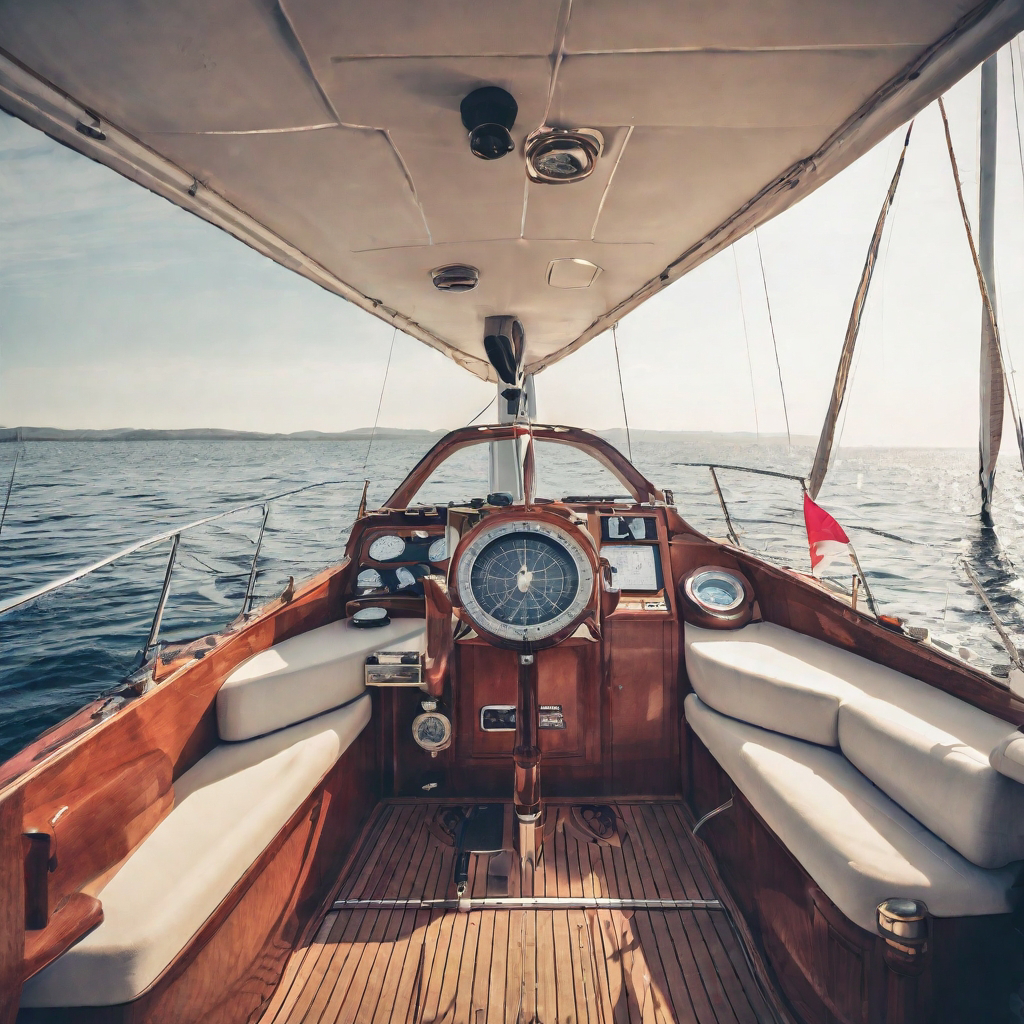Navigation in yachting
Navigation is a critical aspect of yachting that involves determining and following a course to reach a desired destination safely and efficiently. Here are some key points to understand about navigation:
1. Nautical Charts: Nautical charts are specialized maps designed for marine navigation. They provide detailed information about water depths, shoals, navigational aids, landmarks, and other important features. When planning a voyage, consult nautical charts to select safe routes, avoid hazards, and identify key points of reference.
2. GPS (Global Positioning System): GPS is a satellite-based navigation system widely used in yachting. It provides accurate position information, allowing you to determine your yacht's latitude, longitude, and speed. GPS also enables the calculation of distances, course headings, and estimated times of arrival.
3. Compass: A compass is a navigational instrument that indicates the direction of the Earth's magnetic north pole. It is essential for determining the yacht's heading relative to magnetic north. There are different types of compasses, including magnetic compasses, electronic compasses, and gyrocompasses.
4. Dead Reckoning: Dead reckoning is a navigation technique that involves estimating your yacht's current position based on a previously known position, the yacht's course, and the elapsed time. Dead reckoning is useful when GPS or other navigational aids are unavailable or unreliable.
5. Waypoints: Waypoints are specific geographic positions that serve as reference points along a planned route. They can be marked on nautical charts and programmed into GPS systems to guide your yacht's course. Waypoints help ensure you stay on track and reach your destination accurately.
6. Navigation Aids: Navigation aids are markers and beacons that assist in identifying safe channels, hazards, and important locations. They include buoys, beacons, lighthouses, and daymarks, each with specific shapes, colors, and light characteristics. Understanding and interpreting these aids is crucial for safe navigation.
7. Rules of the Road: The International Regulations for Preventing Collisions at Sea (COLREGS) provide guidelines and rules for the safe navigation and collision avoidance of vessels. Familiarize yourself with these rules to understand how to navigate in the presence of other boats and to maintain a safe distance.
8. Electronic Navigation Systems: Besides GPS, there are various electronic navigation systems available for yachts, such as radar, AIS (Automatic Identification System), chart plotters, and electronic chart display and information systems (ECDIS). These systems provide additional information, enhance situational awareness, and aid in safe navigation.
9. Weather Considerations: Weather conditions play a crucial role in navigation. Monitor weather forecasts and be aware of any potential storms, strong winds, or other adverse conditions that may affect your route. Adjust your navigation plan accordingly to ensure safe passage.
10. Passage Planning: Passage planning involves planning your entire voyage in advance, considering factors such as distance, weather conditions, tidal currents, navigational hazards, and available ports of refuge. A well-prepared passage plan helps ensure a smooth and safe journey.
Developing navigation skills takes practice and experience. Consider taking courses or seeking guidance from experienced sailors or certified navigators to enhance your knowledge and proficiency in yacht navigation. Remember that safety should always be the top priority, and maintaining a vigilant watch and adhering to navigational best practices are essential for a successful and enjoyable yachting experience.



Comments
Post a Comment